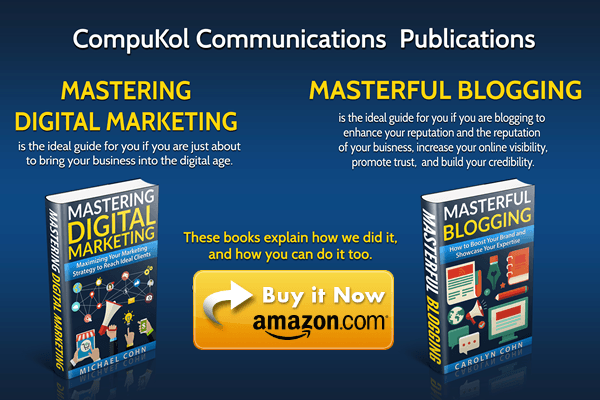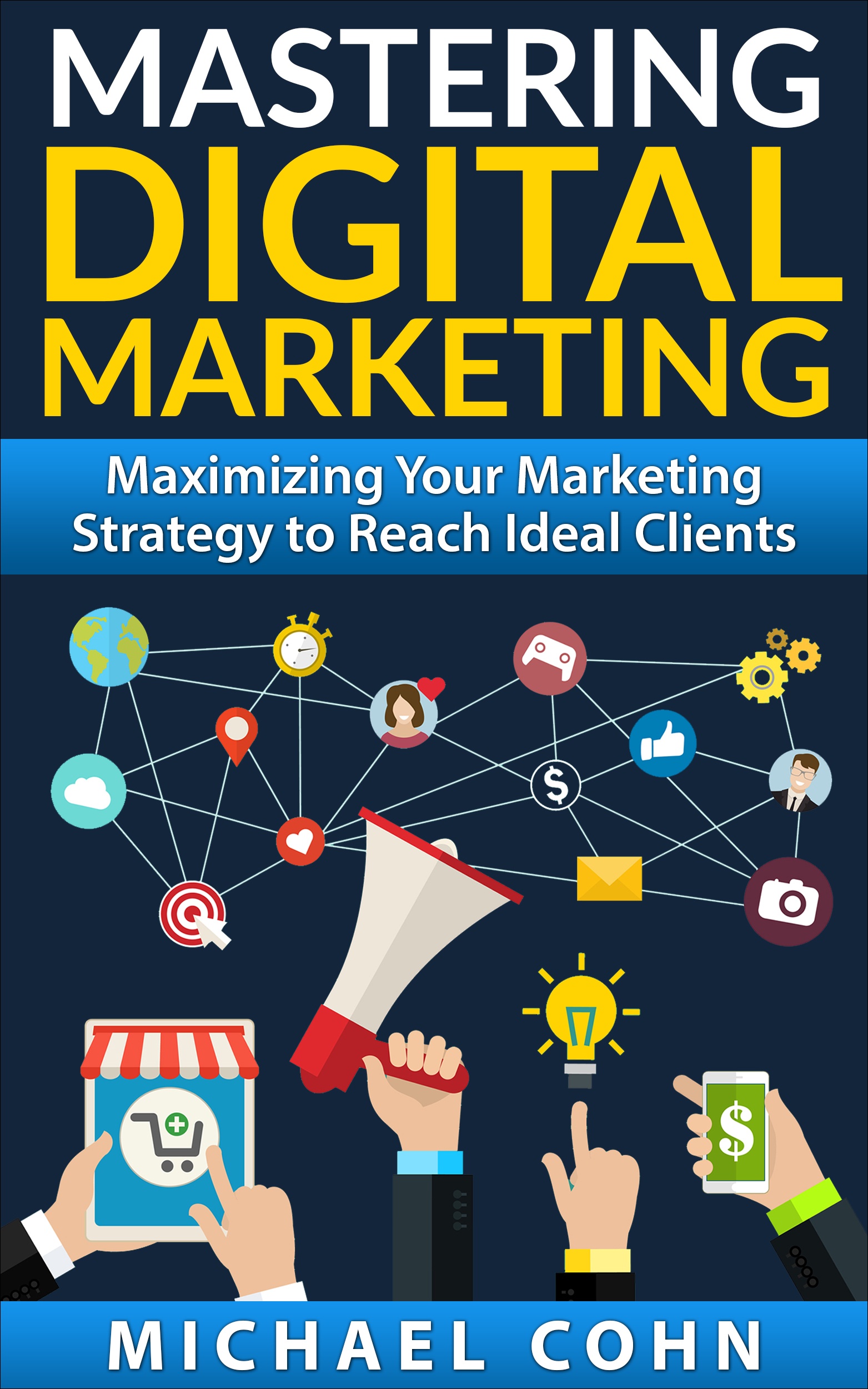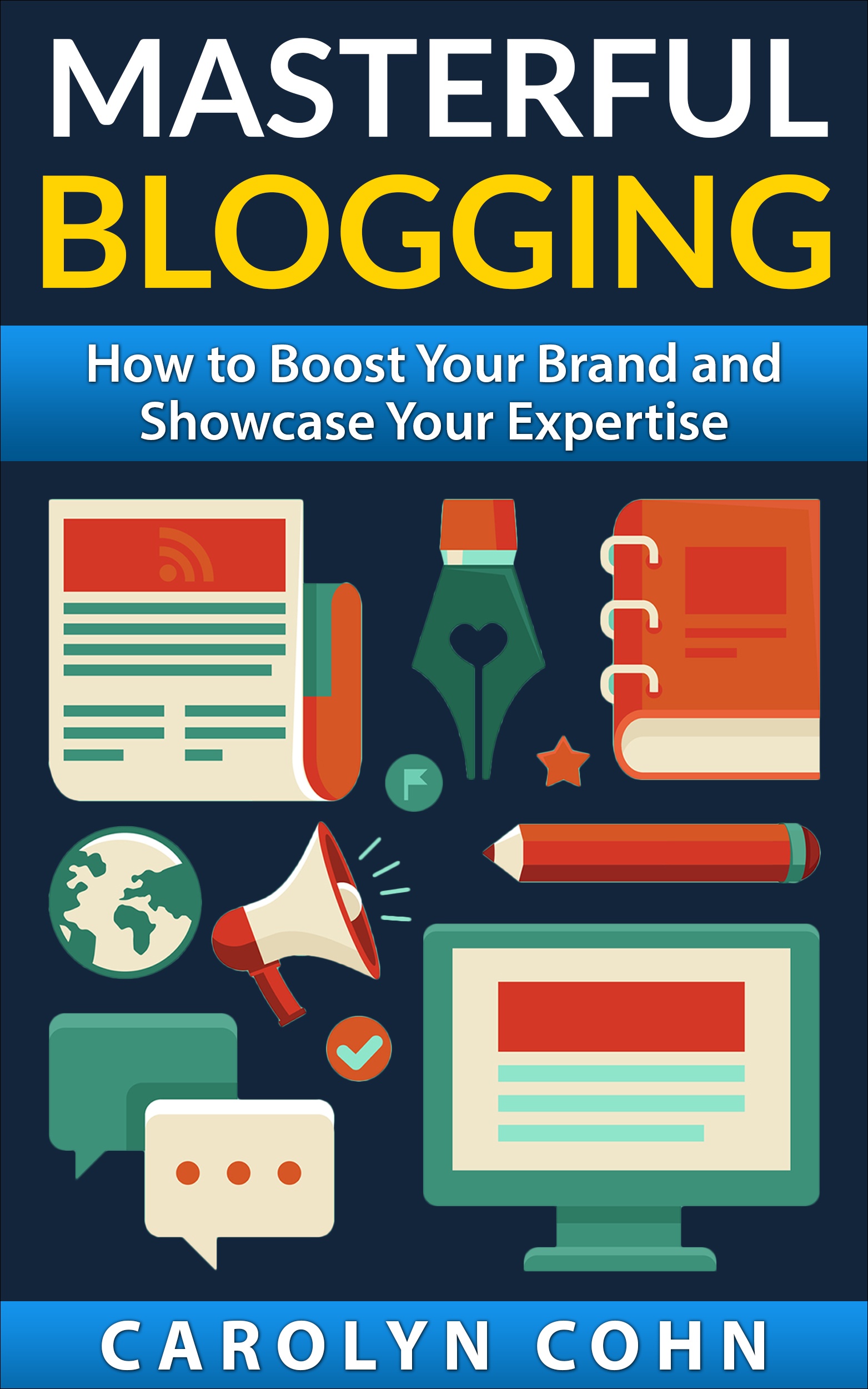Using the Most Effective Transition Words

When it comes to your content, the words that you choose to convey your message are critical to the success of your business. If you choose the wrong words (or, at the very least, ineffective words), you will not be able to accomplish the goals that you have set for yourself. On the other hand, if you choose the right words, the sky is the limit as far as how much you and your business can achieve.
Choosing the most effective, powerful words for your
There are many different ways that you can approach your content and your choices will depend on several different factors including what your business is all about and your particular target audience. Depending on who your target audience is will have a great deal to do with how you express what you want to say.
There are certain words that you can embed in your content that will connect your thoughts (as a steady stream) and the content will be cohesive and will flow logically and effectively.
The following are categories of words that are effective:
-
Cause and effect: Within this category, some of the examples are: accordingly, affect, and, as a result, because, consequently, effect, finally, for this reason, hence, impact, in order to, in short, since, therefore, and ultimately.
-
Classification: These examples are: aspect, attribute, category, characteristic, facet, feature, and variety
-
Comparison: Some words in this category are: alike, all, also, as well as, at the same time, both, common, compared to, in addition, like, moreover, similarly, and yet.
-
Contrast: Although, as opposed to, at the same time, during, even though, finally, formerly, frequently, immediately, initially, not long after, presently, previously, regularly, regardless, and whereas.
-
Chronological: After, afterward, at that time, before, during, first, finally, formerly, frequently, immediately, initially, later, occasionally, regularly, since, until, and when.
-
Description: At first, also, in back, in front, for example, for instance, furthermore, near, such as, to begin with, and to illustrate.
-
Problem and solution: Answer, as a result, at stake, because, consequently, dilemma, factor, indicate, issue, need, plan, problem, propose, puzzle, remedy, suggest, and resolve.
-
Process and sequence: After, all, at the same time, before, both, currently, earlier, finally, following, frequently, how, immediately, initially, later, last, meanwhile, next, not long after, occasionally, partly, previously, prior, regularly, simultaneously, subsequently, then, ultimately, when, and while.
-
Spatial: Above, adjacent to, after, behind, below, beyond, close by, corresponding, directly, elsewhere, in back of, in front of, inside, nearby, next to, opposite, outside of, then, and within.
As you are working on your content, make sure to include some of the words above (as appropriate and fitting). They are important because you want to give your target audience (and anyone else who reads your content) the ability to understand your meaning and your intention. These transition words can make a tremendous difference in enabling your readers to follow you precisely, no matter where you go and how many different turns you take along the way. No matter what, they will end up at the same place that you will end up and they will arrive when you arrive.
Conclusion
Content is King and the words that you choose to convey your messages, your story, and your purpose in sharing what you choose to share are all essential to your success in business. Transition words in the content are critical and the ones that you choose must be a perfect fit for your particular content. Because of that, you must think about what and how you want to deliver your message before you actually write any words at all. Preparing in advance will serve you well each time. Transition words in the content are vital because you must carry your readers with you and get them from one paragraph (and one idea) to the next in a seamless manner. If at all possible, make sure that your writing is clear and simple while flowing smoothly at the same time.
We are pleased to provide you with the insightful comments contained herein. For a complimentary assessment of your online presence, let’s have coffee.

|




